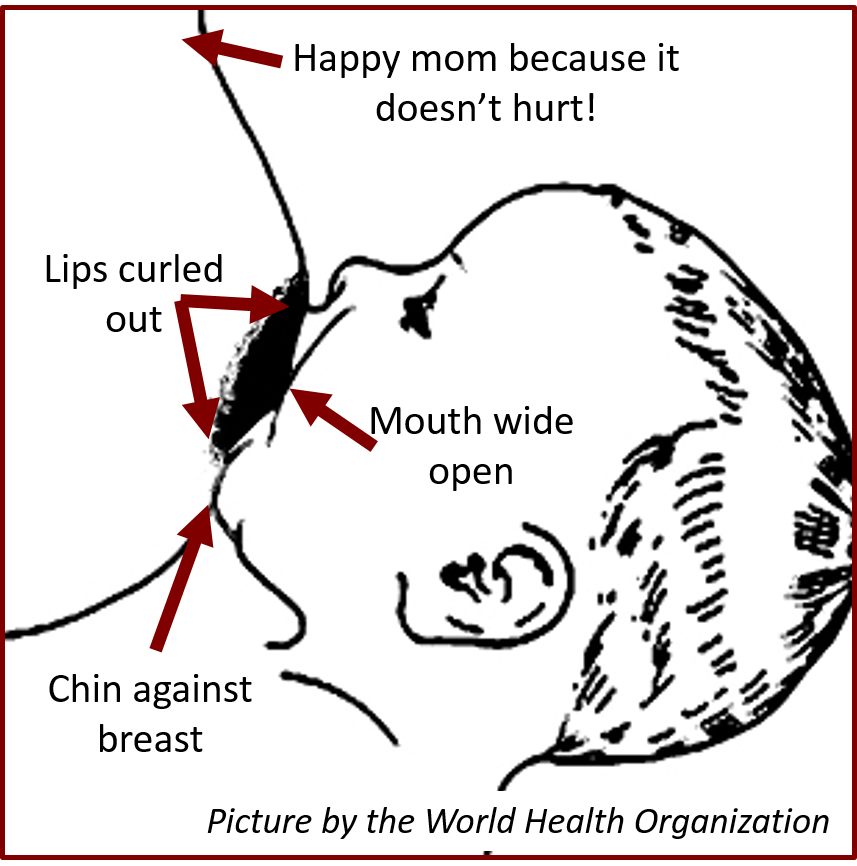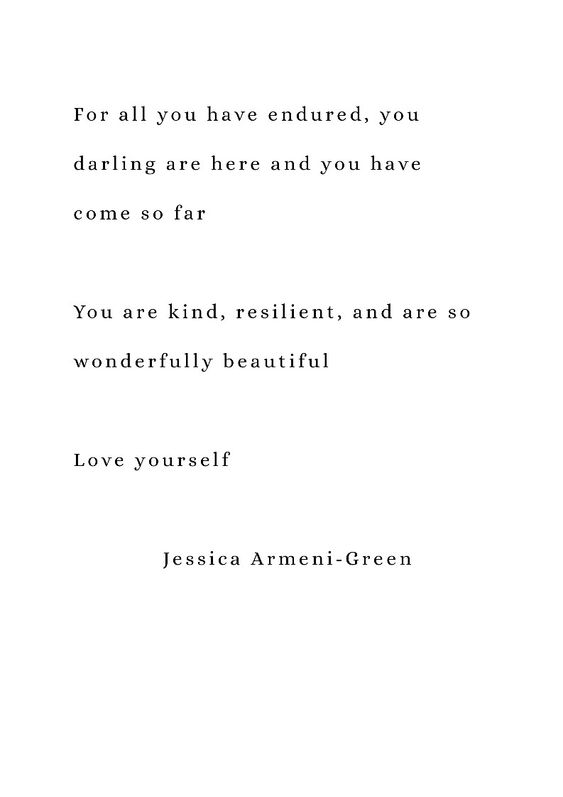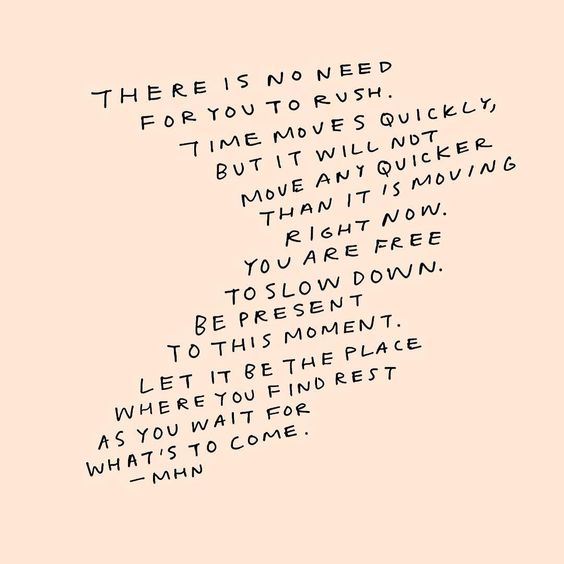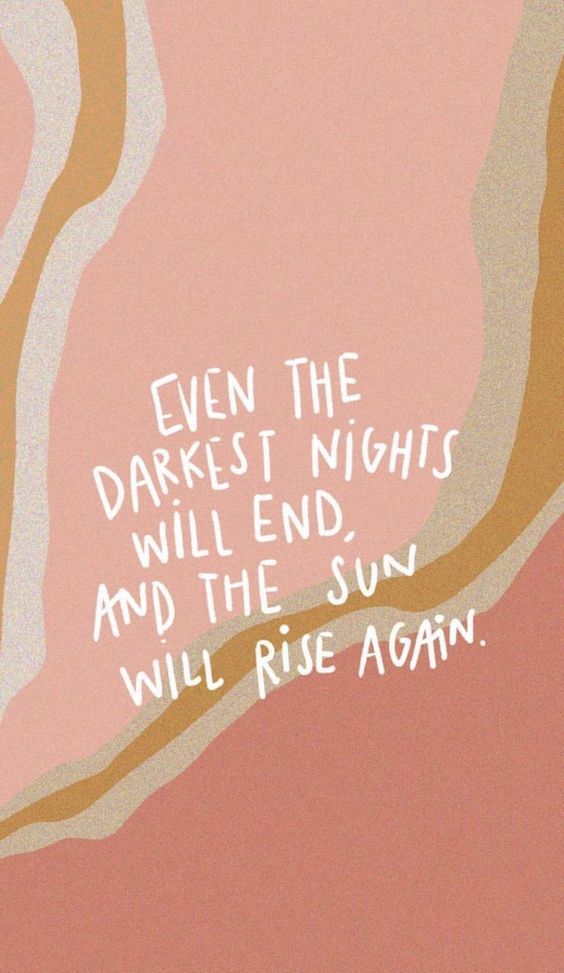- Life
- 4th April 2019
AD - AFFILIATE
Lessons In Breastfeeding


Becoming a mum is a little like learning to swim in the deep end… of the ocean.
Everything feels like a life & death scenario, you have to get the hang of things pretty fast and it’s easy to feel like you’re all alone.
In case it makes you feel any better, you’re not! Even the mums who look like they have everything sorted, don’t. And just when you feel like you do, your baby grows and the game changes again. The only way to handle it all is to try and keep a sense of humour and relax. Forget perfect, your best is good enough. (That goes for life in general by the way, not just mothering.)
Breastfeeding is a funny thing. The more advanced we get as a society, the more we lose our grasp on the basics. When we all used to live together, whether in caves or villages, we were all raised watching other mothers, grandmothers, aunts and sisters do their thing. Birth was a natural part of life and breastfeeding wasn’t hidden away in back rooms or under shawls. You learned by watching and if you struggled, well granny was always around to briskly show you how to get on with it. If you couldn’t produce milk, someone else would do it for you. “It takes a village” is a cliché for a reason.
So it’s completely understandable that women have trouble getting the hang of things now we’ve lost touch with our villages.
Breastmilk is incredible stuff. Your body creates personalised fuel for your little one, it’s completely unique and gives them everything they need. In the beginning you’ll make Colostrum, aka “Liquid Gold”. A creamy, honey-like milk full of protein, fat and potassium, it lines your baby’s gut, giving their immune system a supercharged boost. You actually continue producing this amazing stuff for the first year of breastfeeding, but after the first couple of days it becomes diluted with much more milk, which your baby will gulp down like there’s no tomorrow! The content changes based on your babies needs. In a growth spurt you’ll make more and it’ll be richer. If baby gets sick she’ll pass cues onto you through her saliva telling your body what antibodies she needs to fight the infection. At night your milk will contain hormones to help your little one sleep. When it’s hot out your milk will thin and be more watery to keep her hydrated. Breastfed babies have far lower risk of stomach infections, vomiting, diarrhoea, ear and chest infections, kidney infections, allergies, asthma, eczema, SIDS, childhood diabetes, childhood obesity, as well as high blood pressure and heart disease as an adult. I could go on and on, but basically it’s magic.
Somewhat selfishly, it also works wonders for mums. Breastfeeding makes your uterus contract (you can feel it happening in the beginning!) making your stomach shrink. You lose the baby weight so much faster (I haven’t worked out once or dieted at all and completely attribute losing it all to breastfeeding) and you drastically decrease your risk of breast cancer, ovarian cancer, osteoporosis and type 2 diabetes.
Sadly for some mums breastfeeding just isn’t an option, for lots of different reasons. Life is never fair and it’s just one of its many cruelties.
For some, equally sadly, they don’t get the support they need to learn how to do it and give up without a fight. Without our villages to help and with an overstretched medical system, new mothers can often feel lost and alone. Breastfeeding is a skill to be learned and for many isn’t as simple as pulling a bra down and seeing what happens. (For some it is, so if you haven’t given birth yet don’t assume you’ll have an issue, you may very well not!)
But as with anything that feels easy once you’ve gotten the hang of things (walking, riding a bike, speaking another language) it can take a little practice and trial and error to get there.
I feel like I’ve learned so much in the last few weeks, and while it wasn’t easy it’s been worth every second. (Much like learning to ride a bike – but don’t ask my Dutch husband who would tell you that I’m still not quite up to snuff on that front!)
For those interested, here’s how our lessons in the deep end have been going…
Lily was born with a tongue tie and a rather severe lip tie. This is very common and the midwives spotted the tongue tie at birth but didn’t want to make a big thing of it before they saw how we would get on. Feeding proved incredibly difficult. She wanted to feed but could only get a tiny amount of milk despite her best efforts. While babies are designed to be able to lose weight within the first few days, we were desperate to try and give her what we could. So we found work-arounds.
Express Yourself!
In the beginning I hand expressed colostrum (the very rich milk you make when the baby is first born) into a shot glass and we used a little eye dropper from the chemist to give it to her. (We sterilised both first). This worked well but I was concerned we were teaching her bad habits, not having to suckle to get milk. So we moved onto a system suggested by my midwife. I would express milk (massaging and using a Hakka, which was just brilliant!) and then place one end of a baby feeding tube into the milk. While Lily was trying to feed on the boob, I’d then slip the other end of the tube into the side of her mouth, so it could be used like a straw. (Video showing how to set up here.) She would suck and the milk would go in! The difference was amazing. She went from these tiny little sucking motions to great big gulps and slurped up all the milk. She’d fill up and then go down for a nice long sleep, giving us time to recover.
Later that week we took her to see Dr Levinkind, who fixed the lip and tongue tie using a cold laser. It took ten minutes and she was feeding happily before we even left the waiting room. It took us a little time to get used to each other and learn how to latch perfectly, but we got there in the end. Every time she’d latch incorrectly I popped her off and we’d start again.

Now we barely even think about it, it’s easy.
Supply & Demand
The next thing master was milk supply! To make the best possible milk (and lots of it) you need to take care of you. You need good, healthy food that makes you feel good. And you need rest. You make so much more milk when you sleep, so that old “sleep when she sleeps” thing really does make a lot of sense. Even if you can only get a half hour snooze, it’s worth doing. Don’t be tempted to stay up watching TV or scrolling through Instagram. Get your head down and recharge. If you can’t turn your brain off, give an app like Headspace a go. Even if you’re not breastfeeding, this is so key during your first month together.
Every time she feeds she’s placing an order for you to make more milk later and this time tomorrow. So even if you don’t feel like there’s loads there, don’t panic. She’s placed an order, it’ll come! (Boobs that have been emptied also fill up much faster than half full ones.) Be sure to order nipple balm for the first few weeks, this nipple balm is a lifesaver and it’s organic so you don’t need to remove before feeding again.
Supplements really help milk supply. Some people choose to wait a couple of months to take anything at all, but as soon as I gave birth I turned to the herbs. First, Liquid Gold – a blend of goat’s rue, milk thistle, shatavari, fennel, alfalfa leaf and anise. Now I’m taking Cash Cow – alfalfa, moringa, goat’s rue and nettle, to keep my production up. And most importantly Sunflower Lecithin which works as “a natural fat emulsifier that can help to reduce the “stickiness” of the milk and deter fats from clumping together.” So essentially avoiding mastitis. If you only take one supplement for breastfeeding, I thoroughly recommend this, I’m certain you’ll find it in your local health food shop.
The more relaxed you are the easier things will flow, so make sure you’re comfy. Take a few deep belly breaths, look at your baby (not your phone!) and before you know it it’ll be like feeding her breakfast from a firehose!
For a while we thought Lily was doing something called “Cluster Feeding” where she would essentially be a bottomless pit who could eat a horse and ask for dessert. I would feed her constantly for hours and hours and it still wouldn’t be enough. Some evenings we’d give her a full bottle of pumped milk, 6 boobs and she’d still want more. I ended up completely exhausted and crying because I felt like I couldn’t produce enough for her, my stress and upset would pass on to Lily who would get more distressed. Now we know it’s just tummy ache and she’s trying to soothe it with suckling and eating more. Instead after feeding from both boobs, I cradle her in one arm, one warm hand on her tummy and rock side to side until she dozes off. If it doesn’t work we hop in a deep, warm bath with lots of lavender oil where she can stretch out, relax all of her muscles and I can gently massage her tummy. This always works a charm.
Pump it Up
Pumping is a whole new ballgame. The first time I tried I was staring at these suckers thinking “why is nothing coming out?!” But just as it was with birth, it turns out it’s all in your head. You need the right mindset to pump. A calm, quiet space, a comfy seat, maybe a nice cuppa, and most of all – pictures of your baby. I can be sitting there watching Netflix and nothing happens. I turn everything off and scroll through pics of Lily and it’s like Niagara Falls.
Some people swear by smelling their baby’s pyjamas, others record the sound of their crying to play back when they need to pump, others just do it in the room with their baby. Essentially you just need to trick your mind into producing for your little one.
You won’t need to do this forever, now I just have to look at my pump and my Pavlovian boobs start salivating!
There are lots of breast pumps on the market, I use the Medela Symphony, begrudgingly. It’s a sneaky company who over-charge like crazy for basic products and everything you need comes as “extra”, which I resent… but they really do seem to be the best. You can buy one or rent one, if you plan on having a few kids within the next few years, I’d probably buy one. But be aware that your nipples probably aren’t “normal”. I really never considered the size of my nipples and certainly didn’t consider that they were freakishly small, which according to Medela they are! The standard breast shield that comes with the pump is massive on me, so I bought the “small” size, which is still huge. So it’s well worth measuring your nips, and you can get much better sized shields on Amazon to fit. I would also replace the Medela valves with duckbill valves, as they get more milk out in a shorter time.
Massaging your boobs while pumping (and feeding!) is also a game changer. Use your hands to massage them and smooth out any especially firm bits (which could otherwise become clogged ducts – ouch). It’ll increase your milk output but also the fat content, so baby needs less to be satisfied (and sleep longer – yasss!)
Bottle wise I’m using these (as apparently they cause the least nipple confusion, which thankfully we haven’t had any problems with – I waited until she was 1m before starting the occasional bottle) and a brilliant steriliser. Don’t buy a bottle warmer, a mug of hot water works better anyway. (If you’re struggling with introducing a bottle there’s some good advice here.)
We pour milk right into sterilised bottles (with just the amount she tends to drink, about 120ml at the mo) and stick a label (the sort they use in pro-kitchens) on it to say what day it was pumped. We go by the rule of 6 – Milk can stay in room temp for 6hrs, fridge for 6 days and freezer for 6months. But I don’t pump enough to bother freezing.
We do our last feed at 10.30pm-ish, she gets a bottle at 3/4am, then feeds again at about 7/8am. The idea was for Dad to feed her in the middle of the night but we’ve actually found a wonderful maternity nurse who does it now so we can sleep through. (Good in theory but in reality I still wake up to pump my exploding boobs at about 5/6am so I’m not entirely sure breastfeeding wouldn’t be easier… still on the fence about this!)
Nursing bras
I’m still working on finding the best ones, but for night time this is the only one I can sleep in without waking up with one boob half out and the rest of me drenched in milk! As always, recommendations are always gratefully received.
The End?
Little Lily is doing brilliantly well, she sleeps like a log and is chubbying up nicely, I can’t get enough of those squidgy little croissant legs!
I’m quite certain that as soon as we really feel we’ve got the hang of it all, we’ll fall off the bike again, but that’s what parenting is all about right? How can we teach our kids to brush it off and get back in the saddle again if we don’t?
We still have so much more to learn but hopefully the lessons we’ve learned along the way will help one or two of you who have the same hiccups. If you’re struggling, find a lactation consultant near you ASAP. It’s so so worth it.
I’ll just leave you with one little reminder, whether you’re breast or formula feeding, know that you’re doing a brilliant job. Be kind to yourself and remember that the nights are long but the years are short, so try not to wish them away.
You’ve got this, mama!





